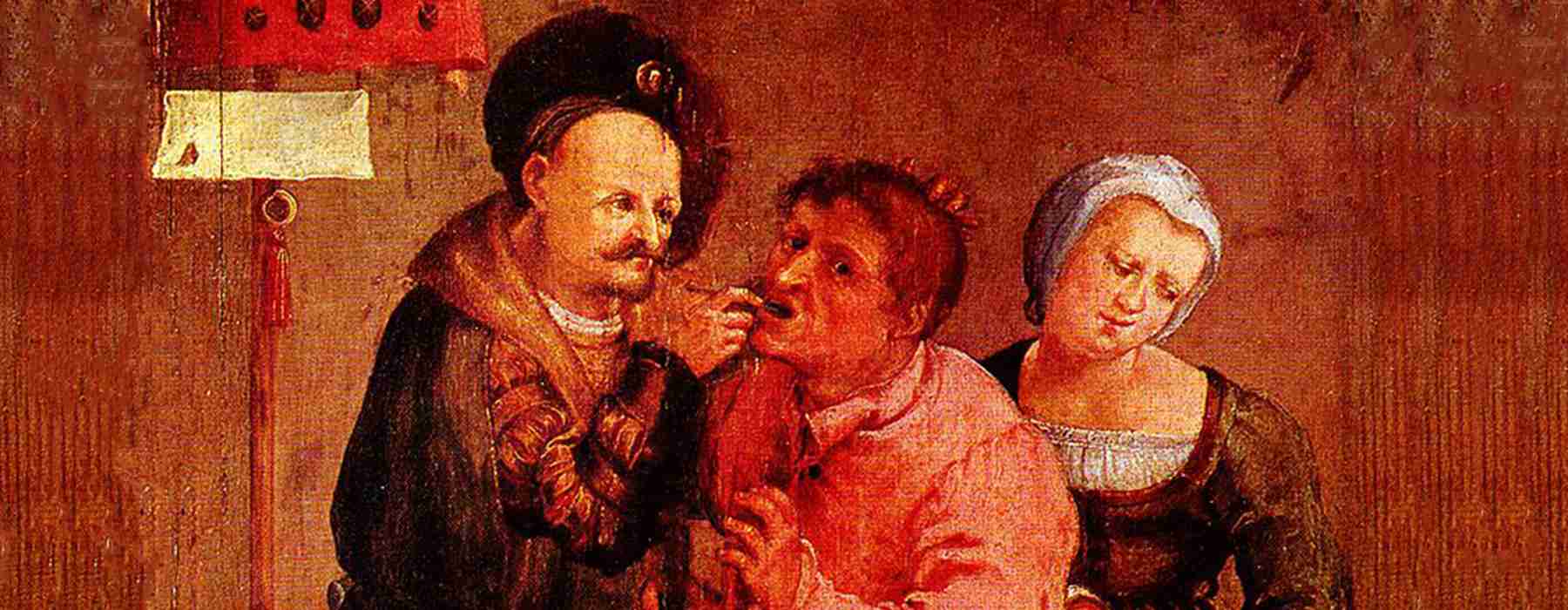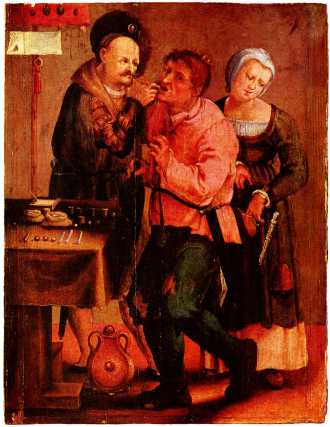
Tooth decay was low in pre-agricultural societies, but the advent of farming society about 10,000 years ago correlated with an increase in tooth decay (cavities). An infected tooth from Italy partially cleaned with flint tools, between 13,820 and 14,160 years old, represents the oldest known dentistry, although a 2017 study suggests that 130,000 years ago the Neanderthals already used rudimentary dentistry tools. The Indus valley has yielded evidence of dentistry being practised as far back as 7000 BC, during the Stone Age. The Neolithic site of Mehrgarh (now in Pakistan’s south western province of Balochistan ) indicates that this form of dentistry involved curing tooth related disorders with bow drills operated, perhaps, by skilled bead-crafters. The reconstruction of this ancient form of dentistry showed that the methods used were reliable and effective. The earliest dental filling, made of beeswax, was discovered in Slovenia and dates from 6500 years ago. Dentistry was practised in prehistoric Malta, as evidenced by a skull which had an abscess lanced from the root of a tooth dating back to around 2500 BC.
An ancient Sumerian text describes a “tooth worm” as the cause of dental caries. Evidence of this belief has also been found in ancient India, Egypt, Japan, and China. The legend of the worm is also found in the Homeric Hymns, and as late as the 14th century AD the surgeon Guy de Chauliac still promoted the belief that worms cause tooth decay.
Recipes for the treatment of toothache, infections and loose teeth are spread throughout the Ebers Papyrus, Kahun Papyri, Brugsch Papyrus, and Hearst papyrus of Ancient Egypt. The Edwin Smith Papyrus, written in the 17th century BC but which may reflect previous manuscripts from as early as 3000 BC, discusses the treatment of dislocated or fractured jaws. In the 18th century BC, the Code of Hammurabi referenced dental extraction twice as it related to punishment. Examination of the remains of some ancient Egyptians and Greco-Romans reveals early attempts at dental prosthetics. However, it is possible the prosthetics were prepared after death for aesthetic reasons.
Ancient Greek scholars Hippocrates and Aristotle wrote about dentistry, including the eruption pattern of teeth, treating decayed teeth and gum disease, extracting teeth with forceps, and using wires to stabilize loose teeth and fractured jaws. Some say the first use of dental appliances or bridges comes from the Etruscans from as early as 700 BC. In ancient Egypt, Hesy-Ra is the first named “dentist” (greatest of the teeth). The Egyptians bound replacement teeth together with gold wire. Roman medical writer Cornelius Celsus wrote extensively of oral diseases as well as dental treatments such as narcotic-containing emollients and astringents. The earliest dental amalgams were first documented in a Tang Dynasty medical text written by the Chinese physician Su Kung in 659, and appeared in Germany in 1528.
During the Islamic Golden Age Dentistry was discussed in several famous books of medicine such as The Canon in medicine written by Avicenna and Al-Tasreef by Al-Zahrawi who is considered the greatest surgeon of the Middle ages, Avicenna said that jaw fracture should be reduced according to the occlusal guidance of the teeth; this principle is still valid in modern times. while Al-Zahrawi made a lot of surgical tools that resemble the modern tools.

“A wealthy patient falling over because of having a tooth
extracted with such vigour by a fashionable dentist”, c. 1790.

Farmer at the dentist, Johann Liss, c. 1616–17


No Comments